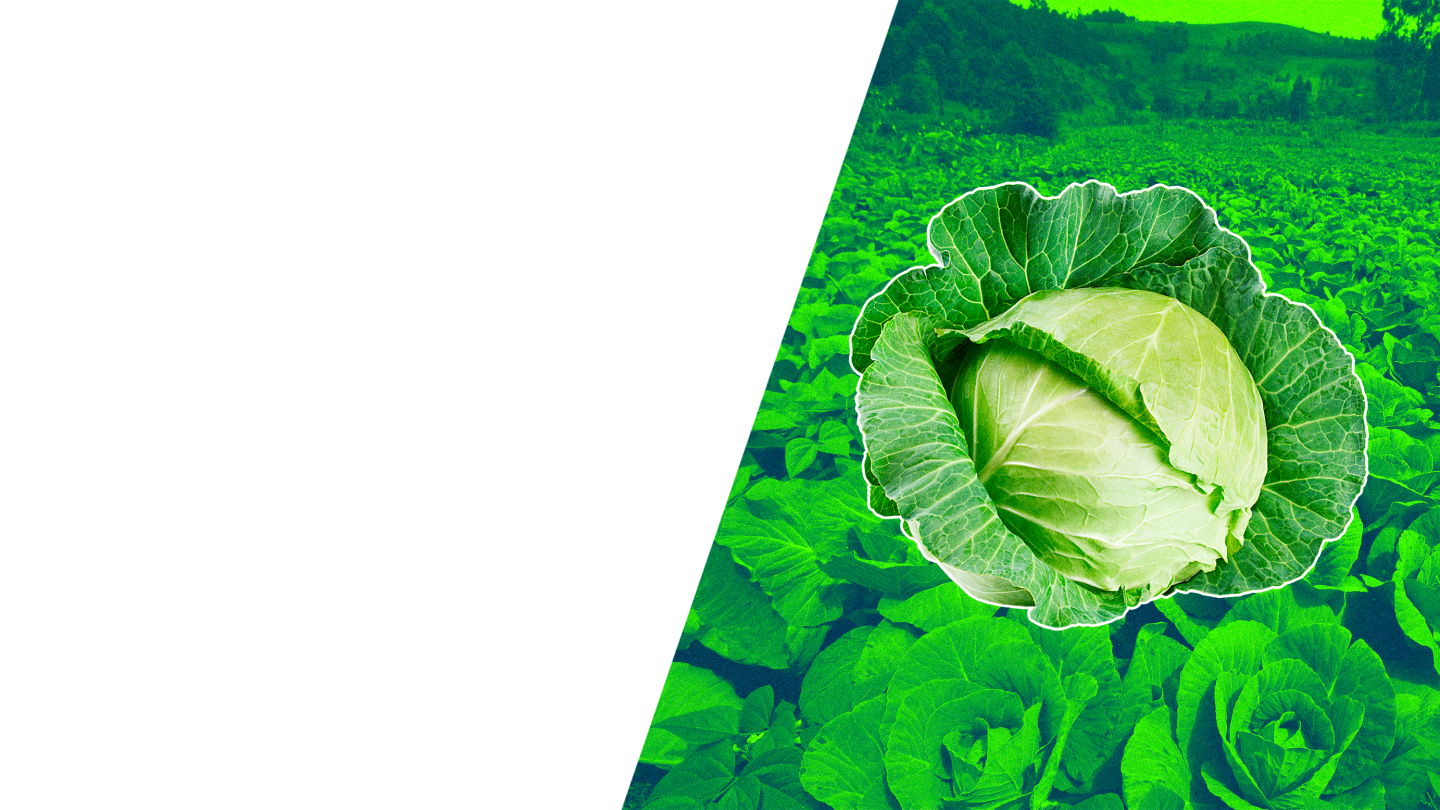Plant Breeding Basics

Throughout the history of civilization, plant breeding has been used to help farmers solve complex challenges for growing food, feed and fiber. Even the earliest farmers understood that to survive, they needed to use plants specifically adapted to their environmental conditions and cultivated to produce the best foods to nourish their livestock and communities.
The Process and Potential Behind Plant Breeding
In short, plant breeding is the crossing of two plants to produce offspring that are selected to demonstrate the best characteristics of the parents. It’s an exciting science, but it’s much older than you might imagine.
Long before we unraveled the genetic code for plants and built analytical tools to harness that information, selective breeding relied solely on visually identifying desired traits. Plant scientists (also referred to as breeders or plant breeders) identified observable beneficial traits such as plant health, yield, size of leaves, pods or fruit, flavor, texture, resistance to pests and diseases and performance under extreme growing conditions—just to name a few. Identifying and validating these physical features of the plant is called phenotyping and is a technique still providing valuable information for plant scientists today. With phenotypic selection, parent plants are selected based on these valuable features and then repeatedly selected on those criteria, improving the trait over time (years) or multiple plant generations.
Now, researchers aim for the same outcome in a more precise and efficient way by analyzing the genes of plants with desired features. Today’s plant scientists leverage a process known as genotyping, which utilizes advanced technologies to detect differences in the DNA sequence corresponding to a desired outcome in order to predict how these variations will affect plant performance. Similarly, molecular breeding (also known as marker-assisted breeding) is the process of selecting a plant for its superior quality or desired traits by examining its genetics (DNA) and identifying which plants contain the same piece of DNA (referred to as DNA marker(s)). Pinpointing these DNA markers and the precise sequence of the identified genetic information enables plant genetic combinations that offer more reliable improvements to plant performance.
Improved accuracy in both phenotyping and genotyping allows plant scientists to use this information to develop varieties that are uniquely able to make the best use of the land, inputs and farming practices.


A Long Lineage of Breeding Excellence
Most of the fruits, vegetables and grains that we eat today are the result of hundreds of years or generations of plant breeding. In fact, some of the most popular fruits and vegetables originated from plants that would be almost unidentifiable now.

Originally, carrots were yellow and purple. In the 1600s, white- and orange-colored carrots were selectively bred and in the 1700s, they were bred to be red. Purple carrots are grown in Europe and Asia, and red carrots are grown in China and India.

About 5,000 years ago, watermelons were only two inches in diameter and had a bitter taste, vastly different from the large, sweet-tasting, seedless fruit we enjoy today.

About 10,000 years ago, people in current day Mexico discovered teosinte, which was a plant with small, thin “cobs” only 5-8 centimeters (2-3 inches) long with kernels so hard they would crack your teeth. Over thousands of years of selection, Teosinte was adapted to produce the 30-centimeter (12-inch) ears commonly grown today.

After 2,500 years of breeding, these common vegetables we enjoy today are all descended from the common wild mustard plant.
The science of plant selection and breeding has come a long way over the past millennia. The ability to generate and understand the relationship between genetic variation and desirable traits is more important than ever. Plant breeding innovations allow us to improve plant characteristics with unprecedented precision and greater efficiency to develop varieties that offer more beneficial and desirable characteristics. Put more simply, today plant scientists have a wider array of tools that help them breed plants by designing traits like taste, plant defense (e.g., built-in insect protection) and function (e.g., use water more efficiently).















